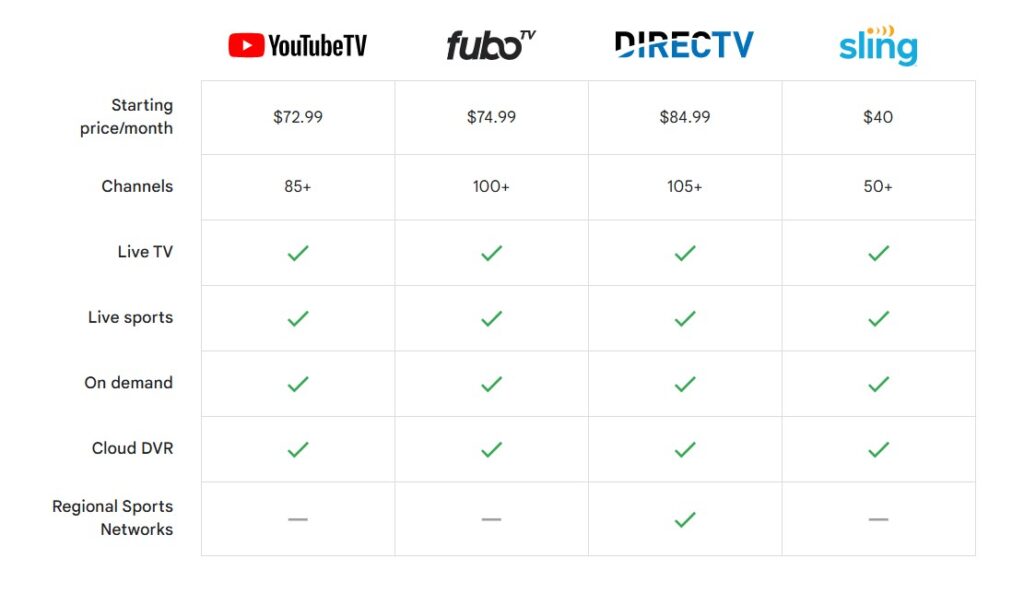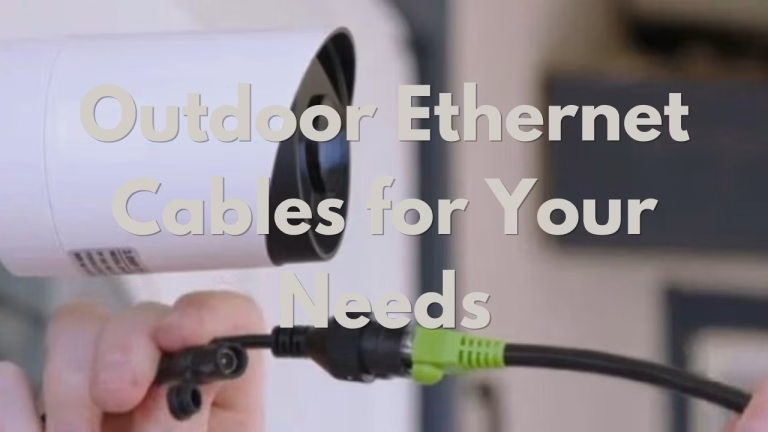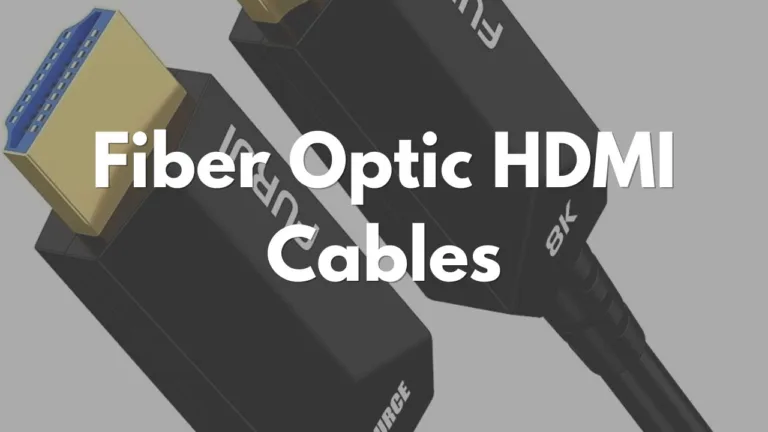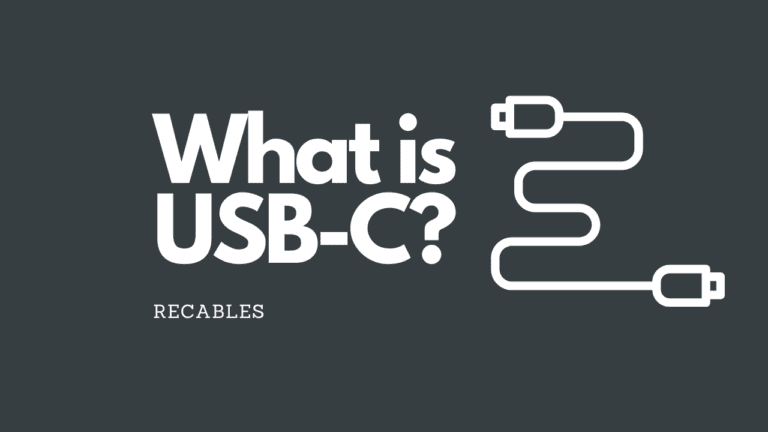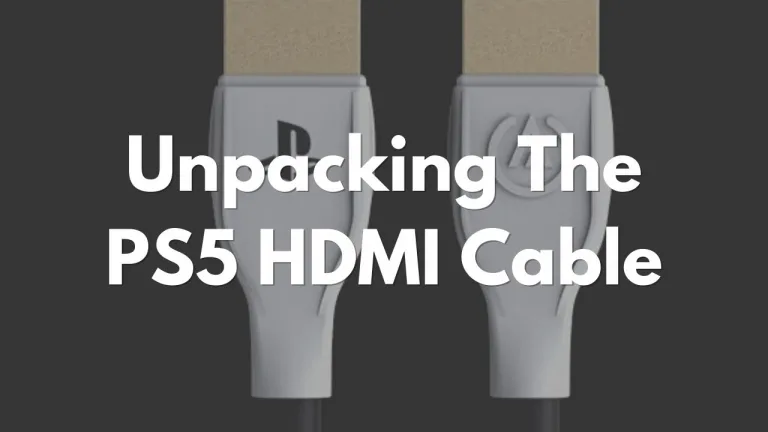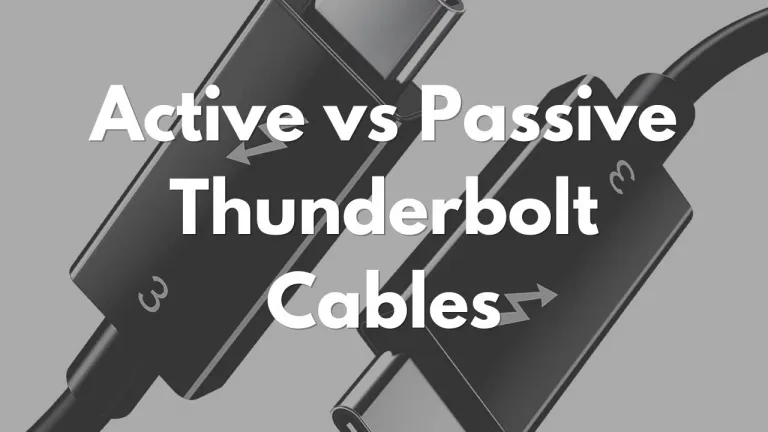Cable Broadband vs Fiber Broadband – Which Is Better?
Choosing between Cable vs Fiber Broadband comes down to speed, reliability, availability and price. Fiber offers symmetrical speeds up to 10 Gbps and superior reliability, while cable provides wider availability and competitive pricing starting at $20-80/month.
Though fiber is technically superior with equal upload and download speeds, Cable Internet remains an excellent choice for most households, especially in areas where fiber isn’t yet available
Cable Broadband
Let’s start with broadband cable as it is more commonly available than Fiber. Cable Internet uses a coaxial cable that’s connected to a cable modem to link your home network to that of your Internet Service Provider’s. This is what a coaxial cable looks like:
Typically, your Broadband Cable Internet providers are the same ones that provide Cable Television. That’s because setting up the cable network infrastructure is expensive, and they already have it in place from providing Cable TV.
Some of the more popular Cable Internet providers here in the United States are XFINITY (Comcast), Spectrum and Cox. There’s a range of packages offering different speeds but typically, Broadband Cable Internet speeds range from 50 Mb/s to 1200 Mb/s.
We recommend that you get your own separate modem and router for better performance and customization options but your Cable Internet Service Provider would typically offer to send their own gateway device which is a modem and Wi-Fi router combo device. Here’s the current gateway device from XFINITY:
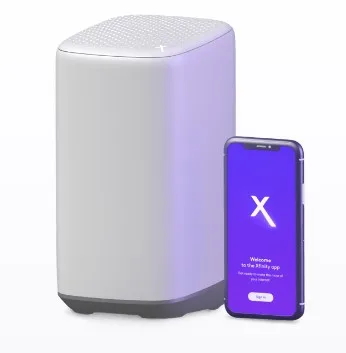
You would connect your coaxial cable from the access point to the back of this device or to the back of your modem if you’re using a standalone modem. Then, you can either connect your devices directly to the modem or gateway using Ethernet cables or more commonly, connect your router. Now your devices have Internet access.
While Cable Broadband Internet is generally fast, you need to remember that all the homes in your neighbourhood share the bandwidth that has been provided by your ISP. This is why you notice that during peak periods like when everyone gets home in the evening, your Internet speeds can drop quite significantly compared to when no one’s using the bandwidth.
Fiber Broadband
Let’s now take a closer look at Fiber Internet. If you want the fastest Internet speeds on the market today, it would be Fiber. Fiber Internet plans are typically either 1 Gbps (1000 Mbps) or 2 Gbps (2000 Mbps).
Unlike Cable Broadband, with Fiber Broadband, you don’t require a modem. Instead, your Fiber Internet Service Provider would install an Optical Network Terminator (ONT) at your location. This is a specialized piece of equipment and you won’t be able to find it at Amazon or other shops. You would then connect your router to the ONT using an Ethernet cable to give your devices wireless Internet access. In many cases, the ONT comes with an in-built router, like Google Fiber’s Network Box.
So why is Fiber Internet so fast compared to Cable Broadband? Well, that’s because it uses light to send data through a thin glass cable called a fiber optic cable. Another advantage that Fiber has over cable broadband is that it can travel much longer distances. Cable broadband transmits data using electrical signals over a copper wire. These electrical signals are susceptible to electromagnetic interference and weaken with distance. Fiber’s light signals are less susceptible to interference.
Another big advantage of Fiber Broadband is that it is symmetric. This means that it has similar upload and download speeds. In contrast, Cable broadband typically has much faster download speeds than upload speeds. Having fast upload and download speeds is particularly important for gamers who stream because they need to send out content to their viewers as fast as possible.
While Fiber is faster and less susceptible to interference compared to Broadband Cable, it does have some disadvantages. The first is cost. Fiber costs around $10 to $15 more per month than an equivalent speed Cable Broadband package.
The other disadvantage of Fiber is availability. Being a newer technology, the infrastructure is simply not available in many places.

Here’s a map of Google Fiber availability as of February 2023. As you can see, it’s only available in selected cities across the country. According to a report out by Ofcom, in 2022, only 56% of US households were in areas served by full Fiber Broadband.
Data Caps and Overage Charges – Cable vs Fiber
Data caps and usage-based pricing are limits set by ISPs on how much data customers can use within a billing cycle. In a sign of the trends, around 70% of subscribers were on usage-based pricing plans in 2022, up from less than 60% in 2018.
Data caps typically work like this:
- Customers are allotted a specific monthly data allowance (e.g. 1 TB)
- Exceeding the cap may result in overage charges, reduced speeds, or both
- Many providers use a “three-part tariff” system including: 1) a fixed monthly fee, 2) a data allowance, and 3) overage charges for exceeding the allowance
Fiber providers are less likely to implement caps since their infrastructure is typically dedicated per user. Cable providers, on the other hand, tend to use caps to manage shared neighborhood cable infrastructure.
One recent positive trend since the COVID-19 pandemic has seen providers moving away from strict data caps, particularly for high-speed tiers. Providers are increasingly offering unlimited data to subscribers on 1 Gbps or faster plans.
Are you trying to figure out how much data you need per month? The average North American household uses over 575 GB of data monthly. High-bandwidth activities that can quickly consume data include:
- HD video streaming: Up to 8 GB per hour
- Online gaming: Around 100 MB per hour
- Social media: Approximately 200 MB per hour
- Web browsing: 50-70 MB per hour
To avoid hitting limits, experts recommend at least 700 GB of monthly data for typical households. This is well within the 1 TB (1,000 GB) that many ISPs offer as a standard allowance.
Latency and Jitter – Cable vs Fiber Broadband
Latency and jitter are critical performance metrics, particularly for gaming, video conferencing, and streaming.
What is Latency? Latency is the time it takes for data to travel from your device to a server and back. It is measured in milliseconds (ms) and a lower number indicates better performance. According to recent data by Speedtest Intelligence®, optimal latency for fixed broadband should be under 20ms.
From the same report mentioned above, Verizon leads fixed broadband providers with the lowest median multi-server latency at 15ms. Frontier follows at 17ms and then comes AT&T Internet at 22ms. Other major providers range from 23-32ms.
Jitter – Why Does it Matter?
Jitter represents variations in latency over time. High jitter can cause:
- Stuttering in video calls
- Audio gaps in VoIP calls
- Lag spikes in online gaming
- Inconsistent streaming performance
Cable vs Fiber Connection Latency and Jitter Comparison:
Fiber connections typically offer the most stable latency and lowest jitter due to:
- Direct light-based transmission
- Dedicated lines to individual homes
- Less susceptibility to interference
Cable connections show higher latency on average, but they are still within the acceptable latency range. While not the objective of this comparison, wireless and satellite connections have the highest latency and jitter.
For optimal performance, experts recommend the following:
- Latency under 20ms for gaming and video conferencing
- Jitter under 30ms for smooth real-time applications
- Choosing providers with consistent performance records
The latest performance data shows that fiber-based providers consistently deliver the lowest latency, with Verizon and Frontier leading the market in this metric.
Bundling Options: Fiber vs Cable
One of the big differences between Fiber and Cable broadband is that they offer very different types of bundled services.
Fiber Internet typically offers fewer traditional bundles but more modern options:
- AT&T Fiber includes HBO Max with select plans
- Verizon Fios offers Disney+ and mobile service bundles
- Google Fiber focuses on standalone internet with streaming partnerships
Cable Internet has more traditional bundle options available:
- TV + Internet packages starting around $89.99/month
- Triple-play bundles (Internet + TV + Phone)
- Often includes equipment rental discounts
- More extensive channel lineup options
The key differences in promotional offers between Fiber and Cable broadband are:
| Fiber Broadband | Cable Broadband |
| More stable pricing structure | More aggressive promotional pricing |
| Often includes: No data caps Free premium Wi-Fi equipment Symmetrical upload/download speeds | Typically includes: Lower introductory rates Significant price increases after 12-24 months Equipment rental fees Data caps on some plans |
Here are some current cable broadband offerings:
- Verizon Fios: $50-65/month with mobile service bundle
- AT&T Fiber: Includes free equipment and no data caps
- Xfinity Cable: Starts at $30/month but increases after promotion
- Spectrum Cable: Offers TV bundles starting at $89.99/month
Probably the most exciting Fiber broadband ISP out there right now is Google. It offers higher speeds starting from around $70 per month. It also doesn’t have any data caps. Google Fiber has a few streaming partnerships that you can choose from if you want access to sports and TV channels.
When it comes to bundles, what should consumers look out for when considering between Fiber and cable? The need for traditional TV vs streaming services is probably the first thing you should consider.
Next, it is price. Fiber plans typically offer more consistent pricing over the long-term. Cable bundles may save you some money initially, but you have to be wary of price hikes. Check for potential hidden fees and post-promotional pricing.
One positive recent development has been that the new FCC broadband labels now make it easier to compare true costs across providers, as they must clearly display both promotional and post-promotional pricing, along with all fees and terms.
Final Thoughts on Cable Broadband vs Fiber Broadband
When choosing between Cable Broadband and Fiber Broadband, the two main factors are cost and availability. Fiber is a better technology, but it is slightly more expensive and isn’t available in all parts of the country.
If it is available, we would recommend that you choose Fiber over Cable broadband. The cost difference is small when comparing plans for similar speeds. It comes up to roughly $100 per year. The performance improvement, however, is significant. You will notice the difference particularly in the evenings or on holidays when network usage is high. With Fiber broadband being a dedicated, unshared connection, you won’t see a drop in performance. With Cable broadband, however, the drop in performance can be quite painful.




